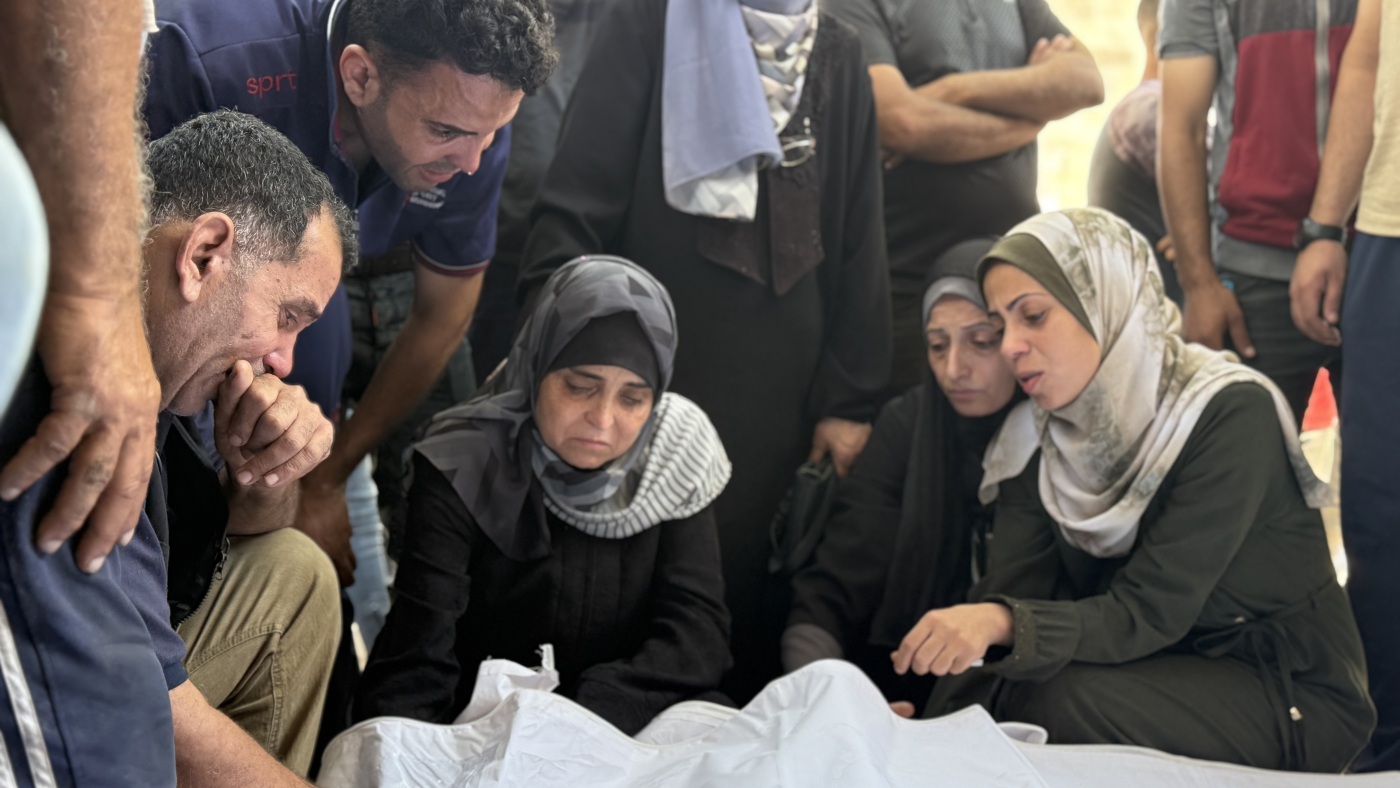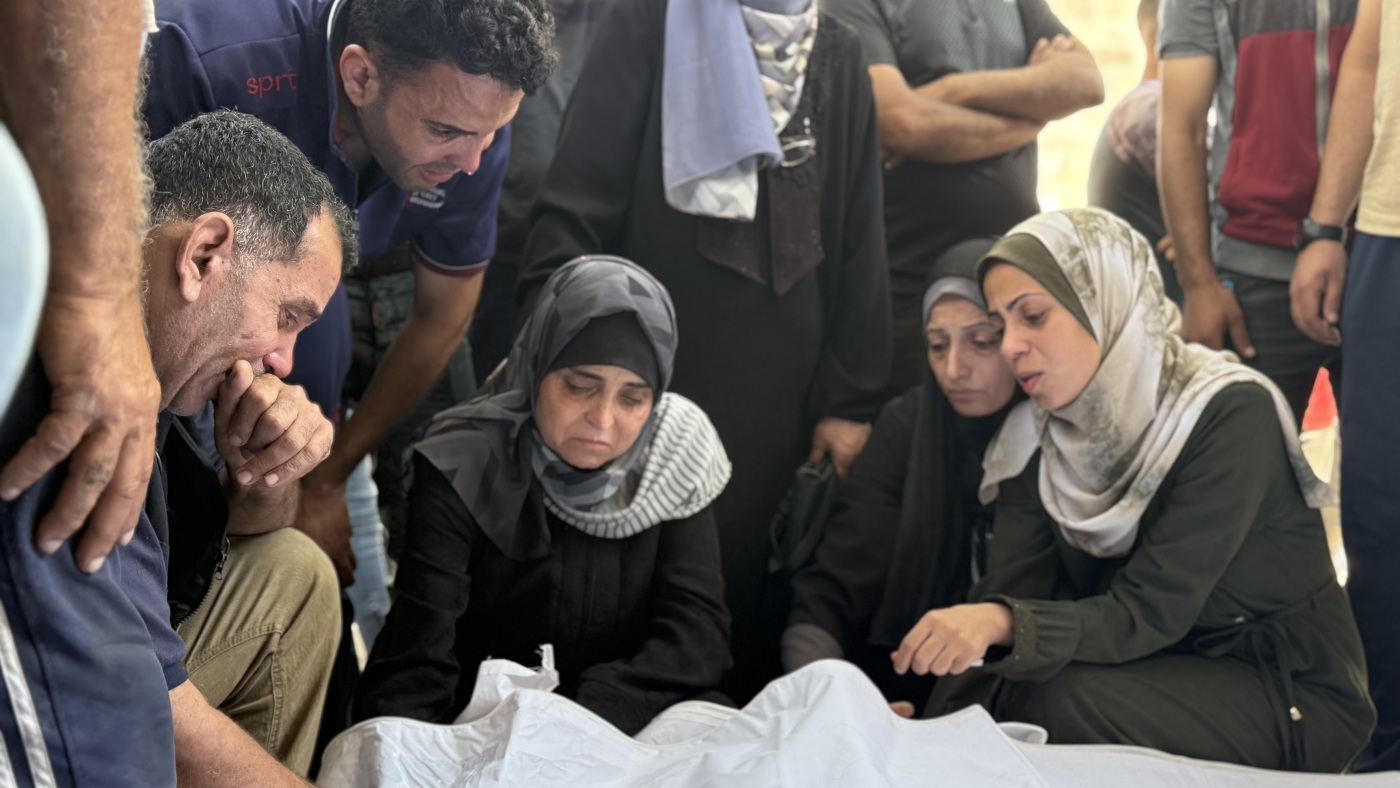The specter of peace, however fleeting, has once again emerged in the war-torn Gaza Strip. Former U.S. President Donald Trump has recently declared that a ceasefire deal is imminent, with Israel reportedly agreeing to a 60-day cessation of hostilities. This declaration arrives amidst a backdrop of relentless violence, with Israeli strikes reportedly killing scores of Palestinians, painting a grim picture of the urgency and fragility of the proposed agreement. While the promise of a ceasefire offers a glimmer of hope, skepticism remains high, fueled by the complexities of the conflict and the history of failed attempts at lasting peace.
The Terms on the Table: A 60-Day Respite
The core of Trump’s proposition centers around a 60-day ceasefire. This period, as envisioned, would not only halt the immediate fighting but also serve as a crucial window for negotiation. The goal, according to Trump, is to utilize this time to work with both sides, Israel and Hamas, towards a more permanent resolution to the protracted conflict. The details of the “necessary conditions” that Israel has supposedly agreed to remain largely undisclosed, adding a layer of uncertainty to the proposal.
This ambiguity raises several questions. What specific concessions, if any, has Israel made to reach this agreement? What mechanisms are in place to ensure compliance from both sides during the ceasefire period? Without transparency regarding these critical aspects, the proposal risks being perceived as another hollow promise, destined to crumble under the weight of mistrust and renewed violence.
The Human Cost: Death and Destruction Continue
The timing of Trump’s announcement is particularly poignant, coinciding with a surge in Israeli military operations within Gaza. Reports indicate that at least 138 Palestinians have been killed in recent Israeli strikes, with hundreds more injured. These casualties, including women and children, underscore the devastating human cost of the ongoing conflict. The reports of strikes hitting civilian infrastructure, such as schools sheltering displaced Palestinians, further exacerbate the humanitarian crisis within Gaza.
This escalating violence casts a dark shadow over the ceasefire proposal. Can a genuine and lasting peace be built on a foundation of continued bloodshed? The psychological impact of these attacks on the Palestinian population cannot be ignored. The trauma and grief experienced by those who have lost loved ones or witnessed the destruction of their homes can create deep-seated resentment and fuel a desire for revenge, potentially undermining any efforts at reconciliation.
Hamas’s Response: A Cautious Optimism
Hamas’s initial response to the ceasefire proposal has been described as “positive,” though cautious. The group has reportedly submitted its response to mediators, signaling a willingness to engage with the proposed terms. However, the specifics of Hamas’s demands and reservations remain unclear. It is likely that Hamas will seek guarantees regarding the lifting of the blockade on Gaza, the release of Palestinian prisoners, and the cessation of Israeli military operations in the West Bank.
The internal dynamics within Hamas also play a crucial role in determining the group’s stance. Different factions within the organization may have varying perspectives on the ceasefire proposal. Some hardliners may oppose any agreement that does not meet their maximalist demands, while others may be more willing to compromise in order to alleviate the suffering of the Gazan population. This internal debate could significantly impact Hamas’s negotiating position and ultimately determine the success or failure of the ceasefire efforts.
Fueling the Fire: The Gaza Fuel Crisis
Adding another layer of complexity to the situation is the deepening fuel crisis in Gaza. As Israel intensifies its attacks, the already precarious supply of fuel has dwindled further, crippling essential services such as hospitals and sanitation systems. This fuel shortage not only exacerbates the humanitarian crisis but also increases the risk of disease outbreaks and further destabilizes the region.
The fuel crisis highlights the interconnectedness of the various challenges facing Gaza. The ongoing violence disrupts supply chains, while the blockade restricts the flow of essential goods, including fuel. Addressing this crisis requires a comprehensive approach that includes both immediate humanitarian assistance and a long-term solution to ensure a sustainable supply of fuel and other essential resources.
The Shadow of Past Failures: A History of Broken Promises
The current ceasefire proposal must be viewed in the context of previous attempts to achieve a lasting peace in Gaza. Over the years, numerous ceasefire agreements have been brokered, only to collapse within weeks or months, often followed by renewed cycles of violence. This history of broken promises has created a deep sense of cynicism and mistrust among both Israelis and Palestinians.
To overcome this legacy of failure, any new ceasefire agreement must be accompanied by robust mechanisms for monitoring and enforcement. This includes independent verification of compliance, clear consequences for violations, and a commitment from both sides to refrain from actions that could escalate tensions. Without such safeguards, the current proposal risks becoming just another fleeting moment of hope, destined to be shattered by the harsh realities of the conflict.
The Role of International Actors: A Need for Coordinated Effort
The success of the ceasefire proposal hinges not only on the willingness of Israel and Hamas to compromise but also on the active involvement of international actors. The United States, as a key mediator in the conflict, has a crucial role to play in facilitating negotiations and ensuring that both sides adhere to the terms of the agreement. Other international actors, such as the United Nations, the European Union, and regional powers like Egypt and Qatar, can also contribute to the peace process by providing humanitarian assistance, monitoring compliance, and promoting dialogue between the parties.
A coordinated international effort is essential to address the underlying causes of the conflict and to create the conditions for a lasting peace. This includes addressing the political grievances of both sides, promoting economic development in Gaza, and fostering a culture of mutual respect and understanding.
A Glimmer of Hope, Tempered by Reality
In conclusion, the ceasefire proposal in Gaza represents a fragile hope amidst a landscape of ongoing violence and deep-seated mistrust. While the reported agreement by Israel and the positive initial response from Hamas offer a glimmer of optimism, significant challenges remain. The lack of transparency surrounding the terms of the agreement, the escalating human cost of the conflict, and the history of broken promises all contribute to a sense of skepticism.
To transform this fragile hope into a lasting peace, a concerted effort is needed. Israel and Hamas must demonstrate a genuine commitment to de-escalation and negotiation. International actors must play a more active and coordinated role in facilitating the peace process. And, most importantly, the underlying causes of the conflict must be addressed in a comprehensive and sustainable manner. Only then can the people of Gaza and Israel finally break free from the cycle of violence and build a future of peace, security, and prosperity for all.








